Steps to manipulate the Postgres database with AI
According to StackOverflow's 2024 developer survey, PostgreSQL's popularity has steadily risen from 26% in 2017 to 49% in 2024, making it the most popular database management system and a go-to choice for developers and enterprises. However, managing complex queries and database operations in PostgreSQL can be tedious and time-consuming, especially when dealing with complex syntax and logic. That is where Cody comes in—an AI programming assistant designed to help you quickly understand, write, review, and optimise complex database queries and operations. What is PostgreSQL? PostgreSQL, or Postgres, is a powerful, open-source object-relational database management system (ORDBMS) known for reliability, feature robustness, and performance. Its compatibility with various platforms and programming languages further enhances its appeal, making it easier for developers to integrate PostgreSQL into different technology stacks. Developers and businesses also widely use PostgreSQL databases because they can easily handle complex queries and large amounts of data. One of PostgreSQL's key strengths is its support for various data types. PostgreSQL supports common data types like integers and text and more advanced types like JSONB and arrays, making it adaptable to different application needs. This flexibility in handling PostgreSQL data types ensures that developers can structure their data in ways that best suit their projects. Another advantage is the active PostgreSQL community, which continuously contributes to the database's development and improvement. The comprehensive PostgreSQL documentation the community provides is helpful, and it offers detailed guidance on how to insert data, delete data, and perform other important operations. Whether you are a PostgreSQL newbie or have years of experience, the documentation provides clear guidance on best practices, helping you manage operations and enhance your database performance. AI with Postgres database AI coding assistant Cody can be paired with PostgreSQL to simplify tasks like optimising queries and managing complex database operations such as table creation and data retrieval. It can improve productivity and reduce the challenges associated with manual coding. This allows developers to focus more on higher-level tasks, such as optimising the platform and implementing new features, instead of getting bogged down by complex SQL syntax. However, it’s essential to approach AI-assisted database management with a balance of trust and caution. While Cody automates many processes, it always reviews AI-generated queries, especially for critical operations involving complex logic or sensitive data. To check the implementation of Cody and PostreSQL, read this article by Sourcegraph.
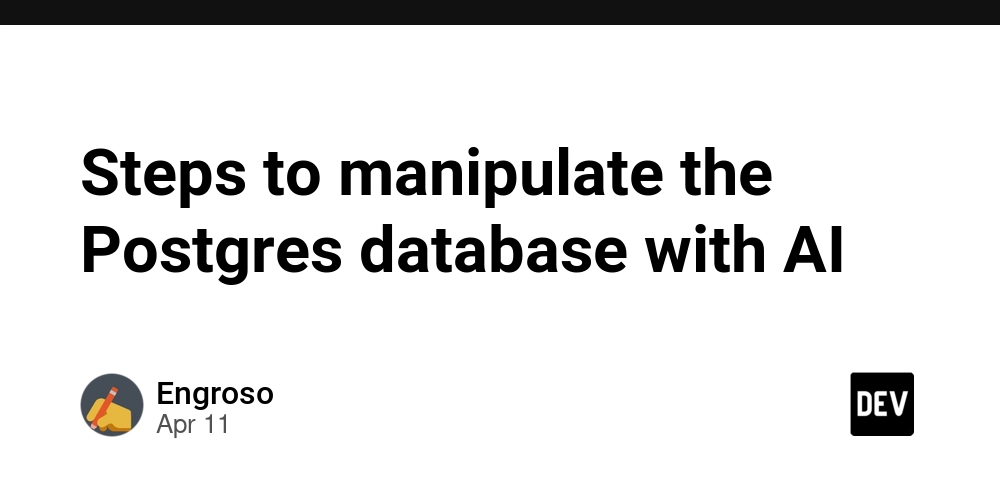
According to StackOverflow's 2024 developer survey, PostgreSQL's popularity has steadily risen from 26% in 2017 to 49% in 2024, making it the most popular database management system and a go-to choice for developers and enterprises.
However, managing complex queries and database operations in PostgreSQL can be tedious and time-consuming, especially when dealing with complex syntax and logic. That is where Cody comes in—an AI programming assistant designed to help you quickly understand, write, review, and optimise complex database queries and operations.
What is PostgreSQL?
PostgreSQL, or Postgres, is a powerful, open-source object-relational database management system (ORDBMS) known for reliability, feature robustness, and performance. Its compatibility with various platforms and programming languages further enhances its appeal, making it easier for developers to integrate PostgreSQL into different technology stacks. Developers and businesses also widely use PostgreSQL databases because they can easily handle complex queries and large amounts of data.
One of PostgreSQL's key strengths is its support for various data types. PostgreSQL supports common data types like integers and text and more advanced types like JSONB and arrays, making it adaptable to different application needs. This flexibility in handling PostgreSQL data types ensures that developers can structure their data in ways that best suit their projects.
Another advantage is the active PostgreSQL community, which continuously contributes to the database's development and improvement. The comprehensive PostgreSQL documentation the community provides is helpful, and it offers detailed guidance on how to insert data, delete data, and perform other important operations. Whether you are a PostgreSQL newbie or have years of experience, the documentation provides clear guidance on best practices, helping you manage operations and enhance your database performance.
AI with Postgres database
AI coding assistant Cody can be paired with PostgreSQL to simplify tasks like optimising queries and managing complex database operations such as table creation and data retrieval.
It can improve productivity and reduce the challenges associated with manual coding. This allows developers to focus more on higher-level tasks, such as optimising the platform and implementing new features, instead of getting bogged down by complex SQL syntax.
However, it’s essential to approach AI-assisted database management with a balance of trust and caution. While Cody automates many processes, it always reviews AI-generated queries, especially for critical operations involving complex logic or sensitive data. To check the implementation of Cody and PostreSQL, read this article by Sourcegraph.












































































































































































![[The AI Show Episode 143]: ChatGPT Revenue Surge, New AGI Timelines, Amazon’s AI Agent, Claude for Education, Model Context Protocol & LLMs Pass the Turing Test](https://www.marketingaiinstitute.com/hubfs/ep%20143%20cover.png)














































































































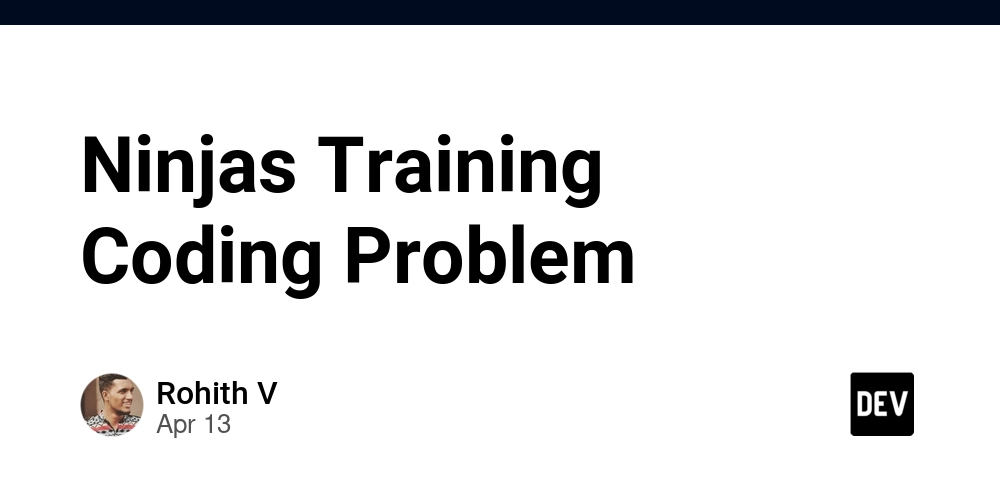
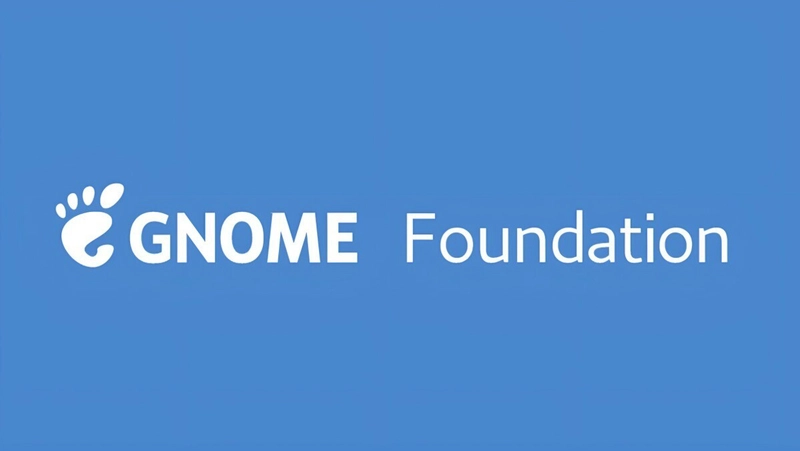
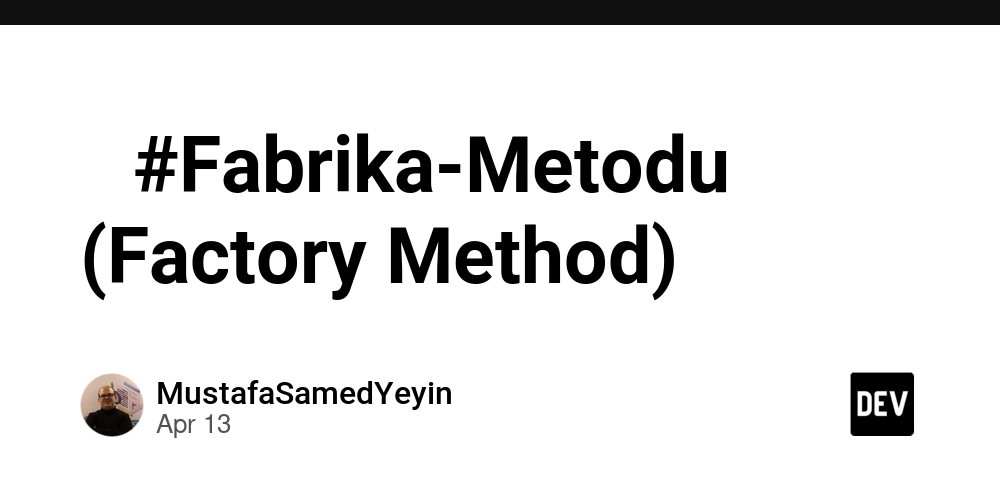
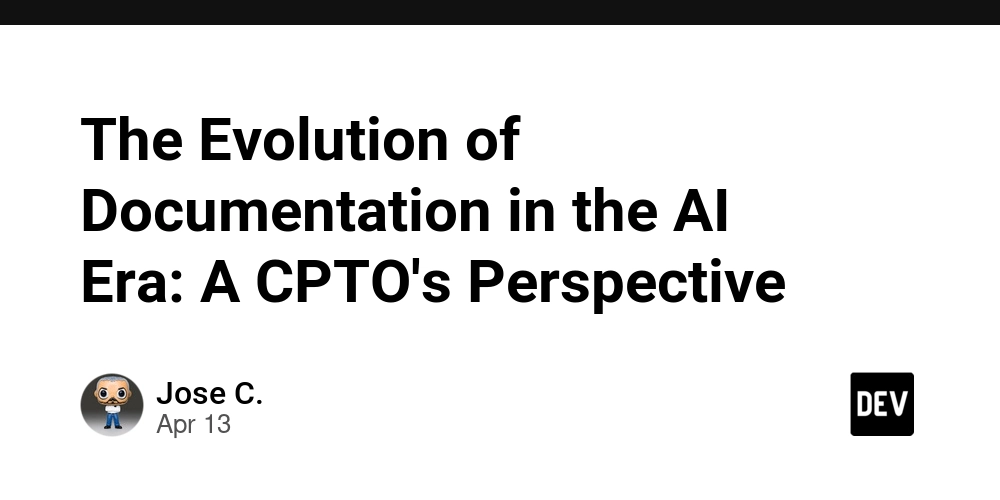








![[DEALS] Microsoft Visual Studio Professional 2022 + The Premium Learn to Code Certification Bundle (97% off) & Other Deals Up To 98% Off](https://www.javacodegeeks.com/wp-content/uploads/2012/12/jcg-logo.jpg)



![From Accountant to Data Engineer with Alyson La [Podcast #168]](https://cdn.hashnode.com/res/hashnode/image/upload/v1744420903260/fae4b593-d653-41eb-b70b-031591aa2f35.png?#)







































































































.png?#)













































































































































![Apple TV+ Summer Preview 2025 [Video]](https://www.iclarified.com/images/news/96999/96999/96999-640.jpg)
![Apple Watch SE 2 On Sale for Just $169.97 [Deal]](https://www.iclarified.com/images/news/96996/96996/96996-640.jpg)

![Apple Posts Full First Episode of 'Your Friends & Neighbors' on YouTube [Video]](https://www.iclarified.com/images/news/96990/96990/96990-640.jpg)































































































































![Godoc-Lint: a linter for Go Doc Comments (godocs) [RE#16]](https://media2.dev.to/dynamic/image/width%3D1000,height%3D500,fit%3Dcover,gravity%3Dauto,format%3Dauto/https:%2F%2Fdev-to-uploads.s3.amazonaws.com%2Fuploads%2Farticles%2Fa5mazdd2dij39l6dmk3k.png)


